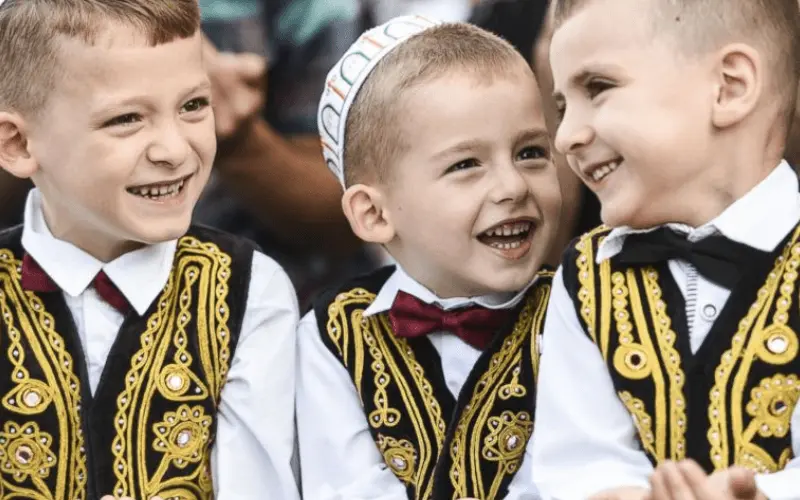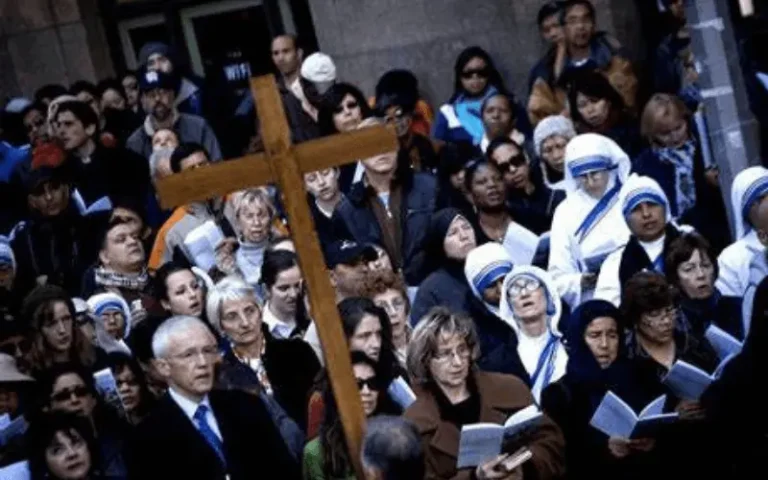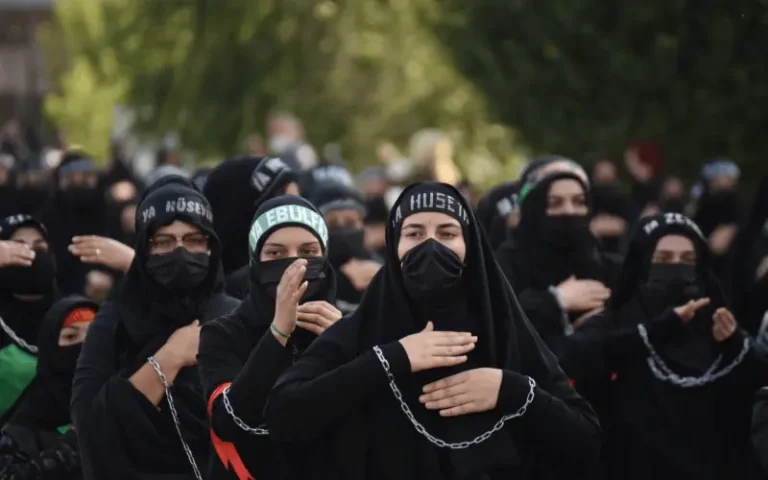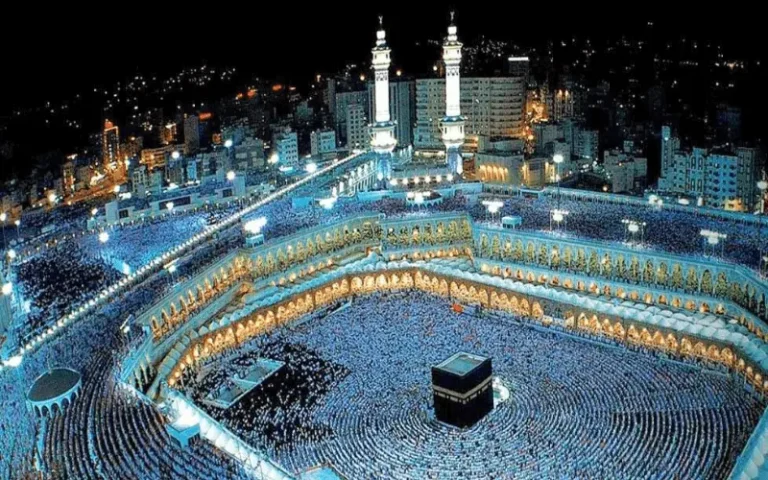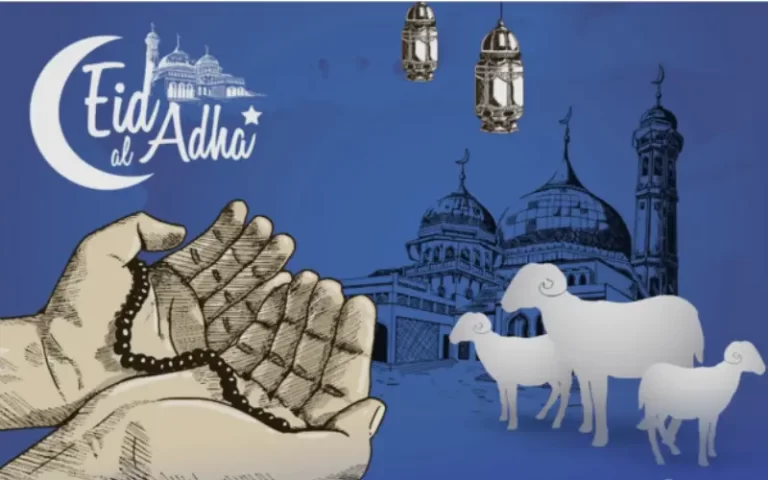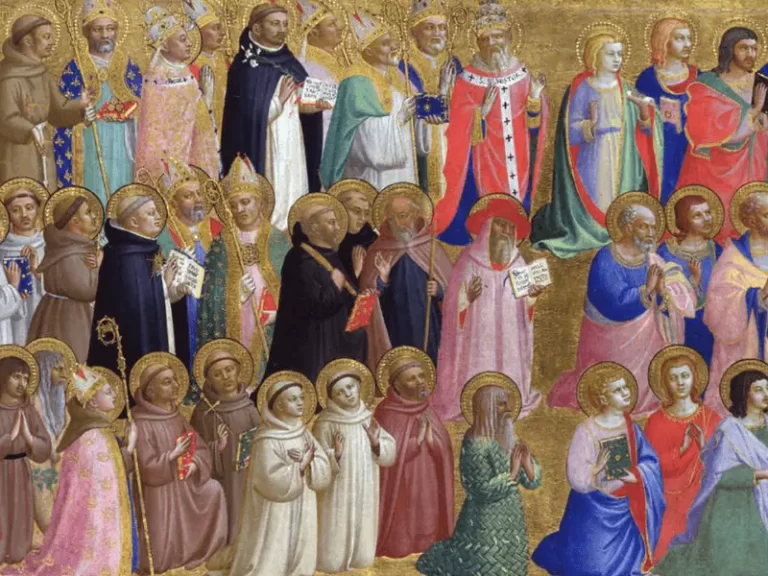Eid ul Fitr
Have you ever experienced that feeling when the whole neighborhood buzzes with the excitement of achieving something great? Everywhere you go you hear the beautiful greetings and see smiles and happiness on every face? I experienced this magical feeling at Eid ul Fitr. It’s not just a celebration. It’s an experience that fills the heart with warmth and joy.
As I remember these cherished memories, I want to share the essence of Eid with you. It’s more than just a festival for me.
What is Eid?
Eid is a special celebration for Muslims worldwide, a time of unity, joy, and gratitude. It comes after Ramadan, a month of fasting and prayer. During Eid day, families gather, dress in their best clothes, and share delicious meals. It’s a time of happiness, giving, and coming together as a community.
Who celebrates Eid?
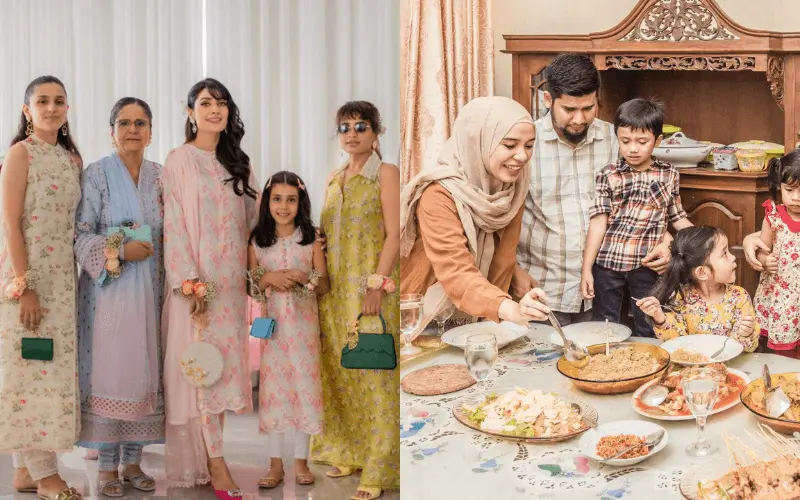
Muslims celebrate Eid twice a year, Eid al-Fitr at the end of Ramadan and Eid al-Adha at the end of Hajj. These celebrations remind the Muslims of important stories in Islam and bring people closer, no matter where they are in the world.
What is Eid al-Fitr? What Does Eid al Fitr Mean?
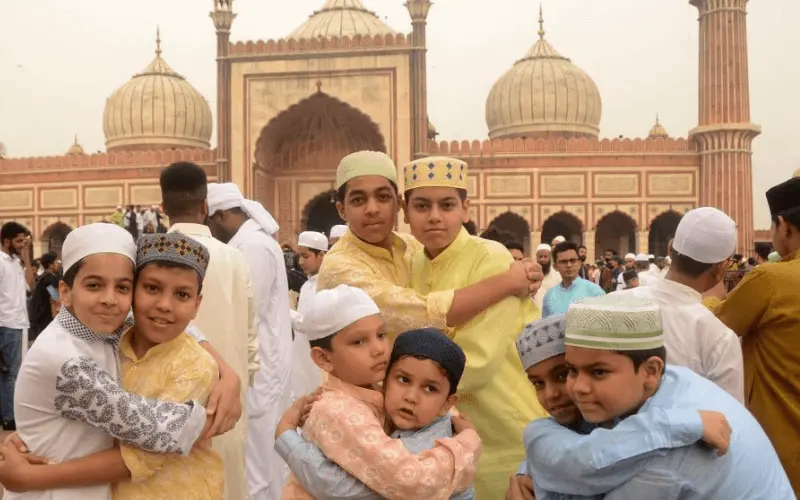
Eid al-Fitr, often referred to as simply Eid. It is an important religious festival celebrated by Muslims worldwide. The term ‘Eid al-Fitr’ means “Festival of Breaking the Fast.” Eid al-Fitr is a Ramadan ending festival the holy month of fasting observed in the Muslim community, and it is a time of rejoicing, gratitude, and spiritual fulfillment.
Eid ul-Fitr holds deep cultural and religious significance, symbolizing the end of a month-long period of fasting, prayer, and self-reflection. It’s a joyous occasion where Muslims gather to commemorate the completion of their fasting obligations.
The festival encompasses a sense of renewal, unity, and charity, fostering a spirit of generosity and community among believers.
Why is Eid al-Fitr celebrated after Ramadan?
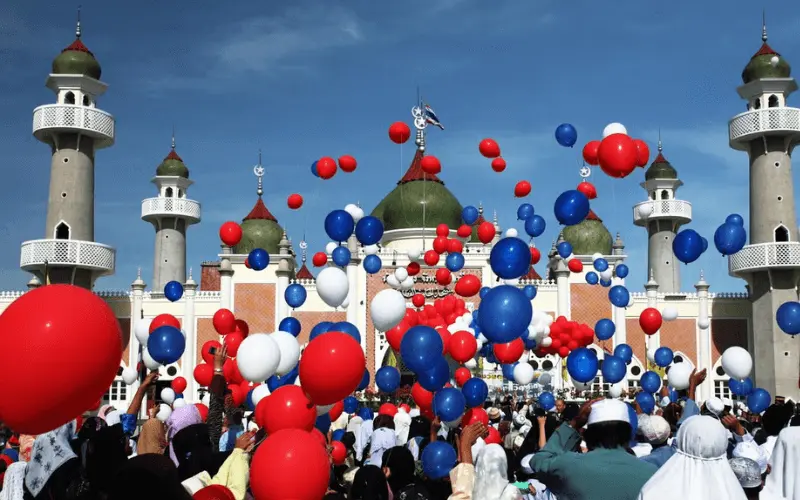
Eid al-Fitr is celebrated after Ramadan because it signifies the completion of a month-long fasting period. Ramadan, a sacred month in Islam, involves fasting from dawn to dusk as a means of spiritual growth and self-discipline. If you wanna know more about Ramadan then click the link below.
Ramadan 2024| Things Everyone Must Know About Ramadan
Eid arrives as a joyous reward a time for Muslims to come together, celebrate, and express gratitude for completing this period of fasting and devotion.
What is the history of Eid ul-Fitr?
The history of Eid al-Fitr dates back to the time of Prophet Muhammad, who established this celebration after receiving divine revelations. It became an essential part of Islam’s traditions and teachings. Eid al-Fitr marks the end of Ramadan and was initiated by the Prophet as a time for Muslims to gather, express thanks to God, and share in the joy of completing a month of fasting and spiritual dedication. Over time, this celebration evolved into a cherished cultural and religious occasion celebrated by Muslims worldwide.
What is the Duration of Eid al-Fitr?
Eid al-Fitr is traditionally celebrated over three days but the religious observance of Eid prayer and festivities primarily occur on the first day of Eid.
Dates of Eid ul Fitr in 2023, 2024, 2025, and 2026.
| Year | Date | Days |
|---|---|---|
| 2023 | 21 April | Friday |
| 2024 | 10 April | Wednesday |
| 2025 | 31 March | Monday |
| 2026 | 20 March | Friday |
Eid ul Fitr 2023, 2024, 2025, and 2026 are celebrated on these dates. However, how is this day celebrated?
How to Celebrate Eid al-Fitr?
Muslim people do the Eid al Fitr celebration by doing the following things:
1. Eid Moonsighting
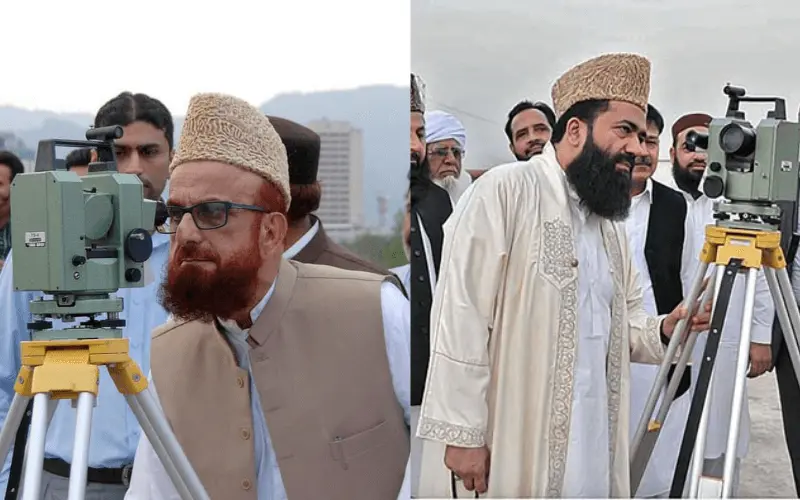
The sighting of the new moon marks the beginning of Eid al-Fitr. Muslims eagerly await the sighting to confirm the end of Ramadan and the start of the Eid festivities.
2. Preparations for Eid, Chand Raat
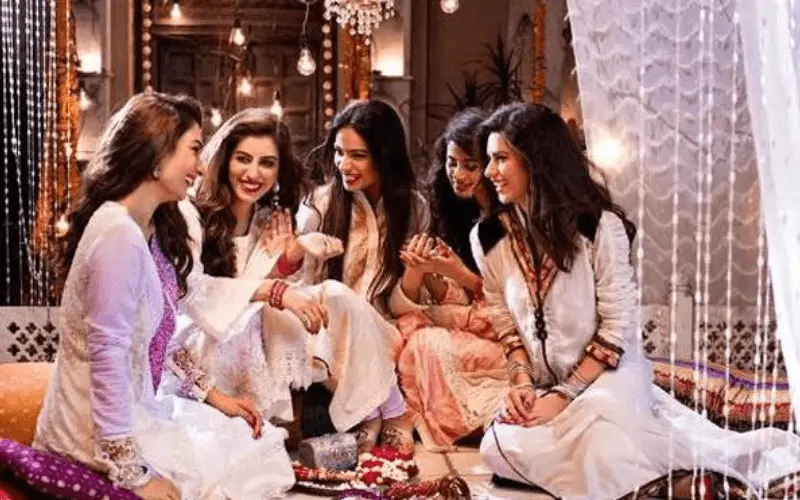
Chand Raat, the night before Eid, is filled with last-minute preparations. Homes are adorned, special Eid clothing is prepared, and delectable dishes are cooked to usher in the celebration.
3. Henna Mehendi on Hands
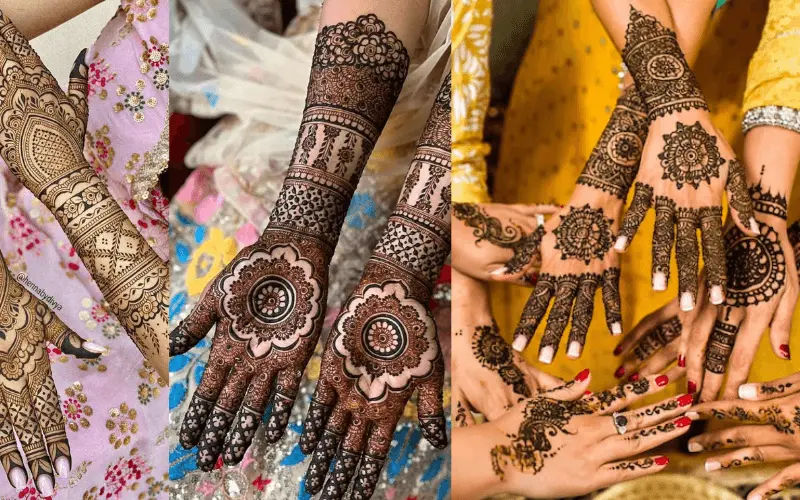
A beloved tradition during Chand Raat is applying intricate henna designs, known as Mehendi, on hands as a symbol of beauty and celebration.
4. Zakat al-Fitr
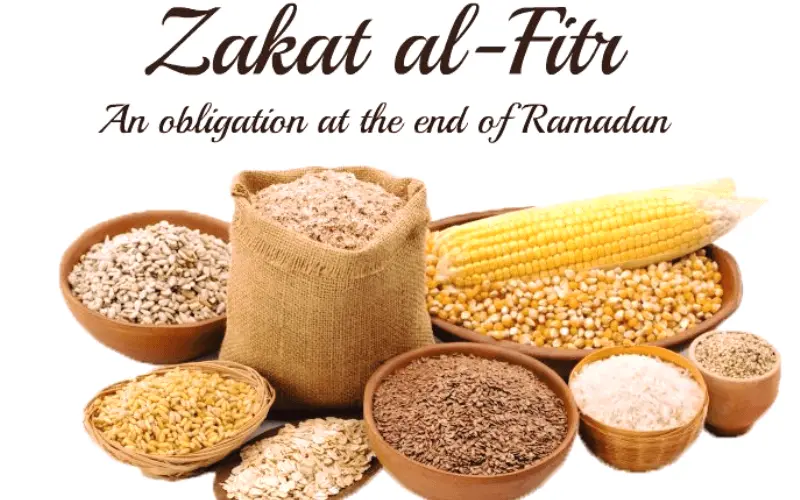
Before Eid prayers, Muslims give Zakat al-Fitr, a form of charity aimed at helping the less fortunate, ensuring they can also partake in the Eid festivities.
5. Eating Something Sweet
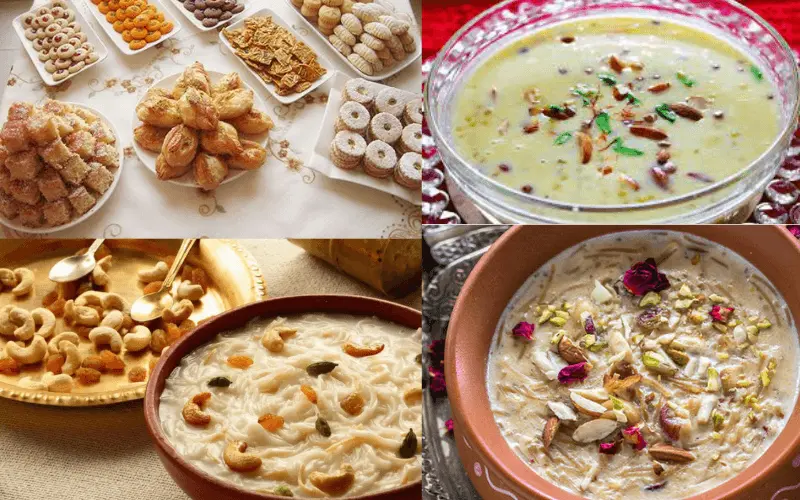
Sweets play a significant role in Eid celebrations. Families indulge in various sweet delicacies, symbolizing the sweetness of this festive occasion.
6. Eid Prayer and Greetings of Eid Mubarak

The day begins with the special Eid prayer at mosques or open grounds, followed by the warm exchange of hugs and greetings “Eid Mubarak” wishing each other a blessed Eid. Everyone recites Takbeerat on this special day. wanna listen to Takbeerat in the most beautiful voices then click the video below.
7. Receiving Eidi from Elders
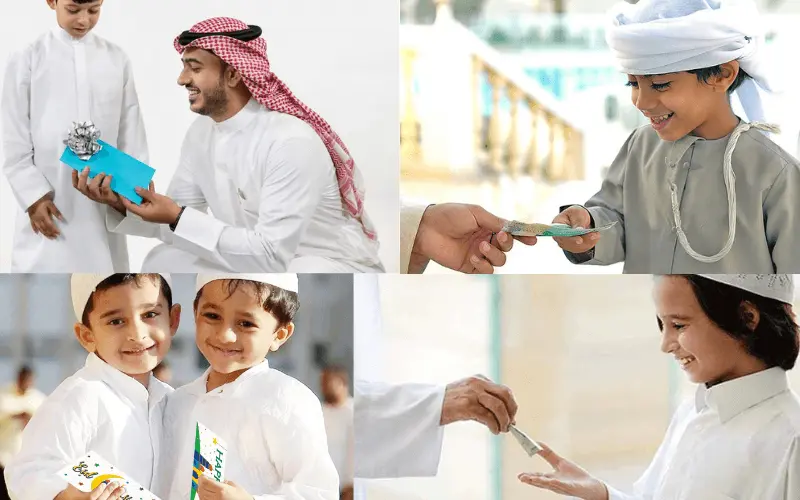
Elders give “Eidi,” monetary gifts, to children during Eid celebrations. This tradition fosters joy, strengthens family ties, and teaches the value of generosity and sharing from a young age.
8. Meals Sharing and Picnics with Family, Relatives, and Friends
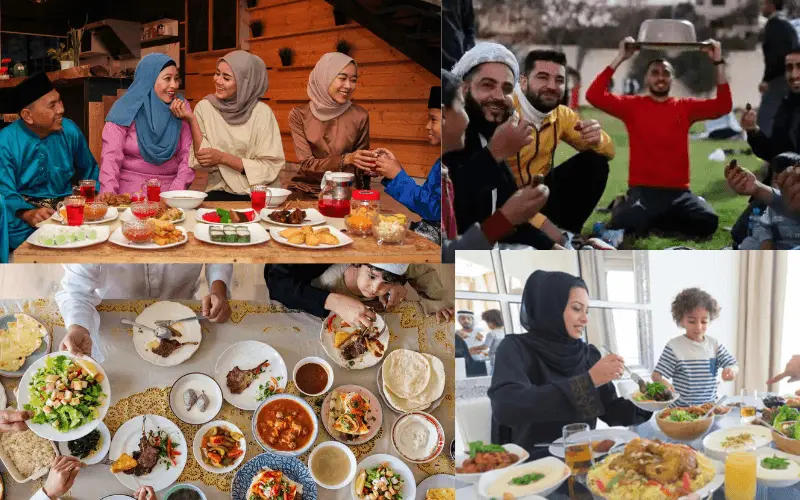
Eid is a time of sharing. Families gather for elaborate meals, sharing dishes and spreading joy with relatives and friends. Many also enjoy picnics and outings, celebrating the day in the company of loved ones.
How to Wish Eid Mubarak in different languages?
Eid al-Fitr Wishes Messages
What are the Differences Between Eid al-Fitr and Eid al-Adha?
The key differences between Eid al-Fitr and Eid al-Adha lie in their significance, observances, and the stories behind these celebrations.
Eid al-Fitr
Eid al-Adha
While both Eids hold significance in Islam, Eid al-Fitr marks the end of fasting, while Eid al-Adha honors the sacrifice and faith of Prophet Ibrahim. Each carries its unique spiritual and cultural importance within the Islamic calendar.
Conclusion
Eid al-Fitr marks the end of fasting with gratitude and unity, while Eid al-Adha honors sacrifice and faith. Both celebrations bring communities together, emphasizing kindness, devotion, and joy, enriching the lives of Muslims worldwide. wish you all a very Happy Eid Mubarak.
Table of Contents
Frequently Asked Questions
1. What is Eid al-Fitr?
Eid al-Fitr marks the end of Ramadan, a joyous festival celebrated by Muslims worldwide, focusing on prayers, charity, feasting, wishes, and celebrations.
2. Do I fast on Eid al-Fitr?
No, fasting is not allowed on Eid al-Fitr, it’s a day of celebration and feasting after completing the month-long fast of Ramadan.
3. Is Saudi celebrating Eid?
Yes, Saudi Arabia celebrates Eid al-Fitr with enthusiasm, marked by prayers, family gatherings, and festive meals.
4. Do you eat on Eid al-Fitr?
Absolutely, Eid al-Fitr is a day of joyous feasting where Muslims enjoy special meals with family and friends after the fasting month of Ramadan.
5. In which holy month do Muslims fast during the day?
Muslims fast during the day in the Holy month of Ramadan.
6. Are Ramadan and Eid the same
No, Ramadan is the month of fasting, while Eid is the celebration that marks the end of Ramadan

